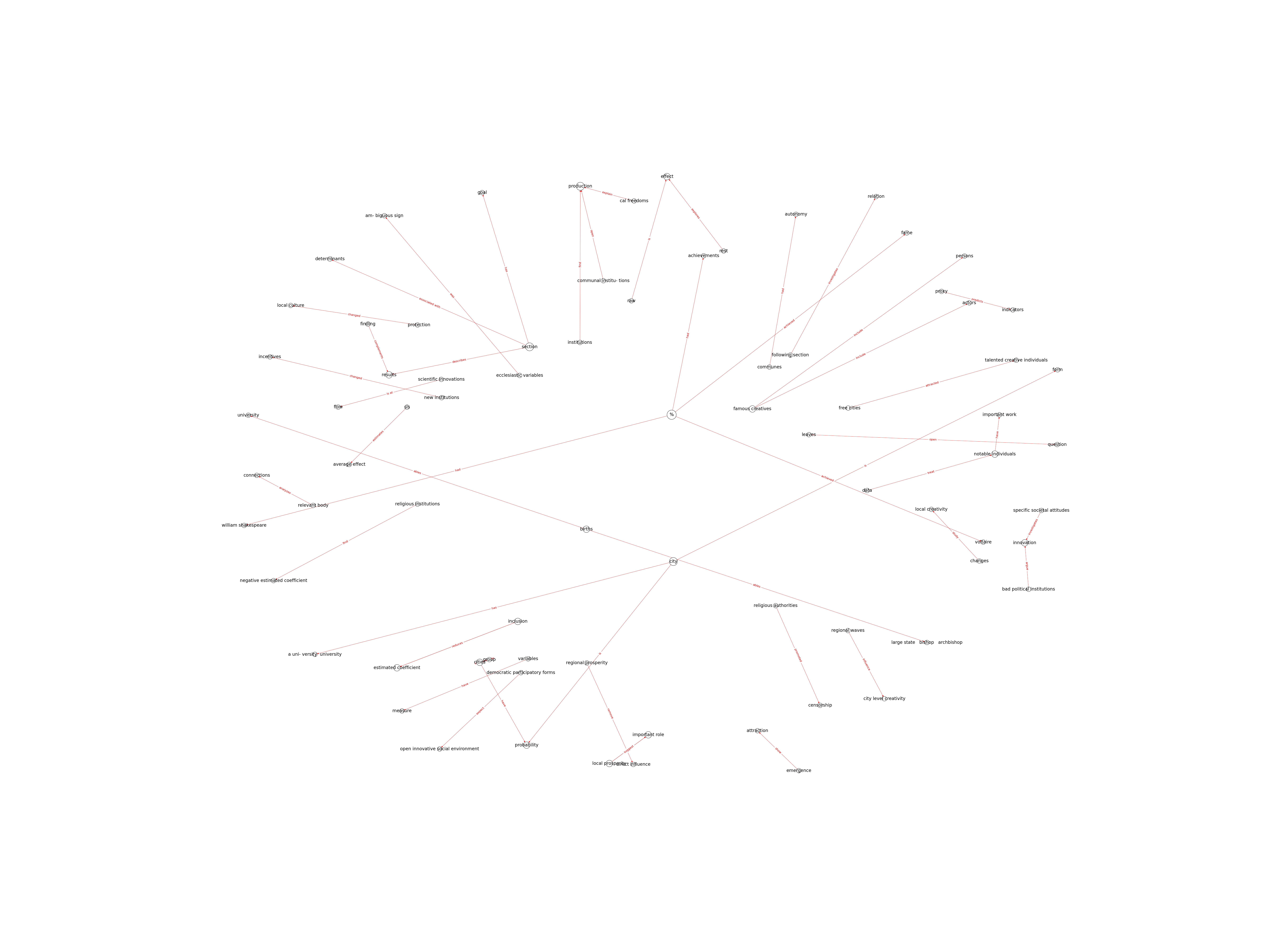| Id | 202 | |
| Author | Serafinelli, M., ; Tabellini, G., | |
| Title | Creativity Over Time and Space | |
| Reference | Serafinelli, M., Tabellini, G. (2017). Creativity over time and space. CEPR discussion paper no. DP12365. |
|
| Keywords | Innovation; Agglomeration; Political institutions; Immigration; Gravity |
|
| Link to article | https://papers.ssrn.com/sol3/papers.cfm?abstract_id=3053893 |
|
| Abstract | Creativity is often highly concentrated in time and space, and across different domains. What explains the formation and decay of clusters of creativity? In this paper we match data on thousands of notable individuals born in Europe between the XIth and the XIXth century with historical data on city institutions and population. Our main outcome of interest is the number of famous creatives (scaled to local population) born in a city during a century, but we also look at famous immigrants (based on location of death). We first document several stylized facts: famous births and immigrants are spatially concentrated and clustered across disciplines, creative clusters are persistent but less than population, and spatial mobility has remained stable over the centuries. Next, we show that the emergence of city institutions protecting economic and political freedoms and promoting local autonomy facilitates the attraction and production of creative talent. |
|
| Metodology | Authors analyze data on European creative elites born in the XI-XIX centuries. They exploit information on the dates and location of birth and death of notable individuals in different creative endeavours (arts, humanities, science and business) throughout Europe. The source for these data is Freebase.com, a large data base owned by Google and coded by Schich et al. (2014), that stores information from a variety of publicly editable sources, most notably Wikipedia. After integrating these individual data with additional information scraped from the internet, the authors match them with a historical data set on European cities and local institutions put together by Bairoch et al. (1988) and Bosker et al. (2013). The unit of observation is thus a city in a particular century between the XI and XIX centuries. The main variable of interest is the number of famous creatives (scaled to local population) born in a city during a century, but they also look at famous immigrants (based on location of death). |
Technique | Document analysis; Desk research; Statistical analysis |

Note: Due to lack of computing power, results have been previously created and saved in database


